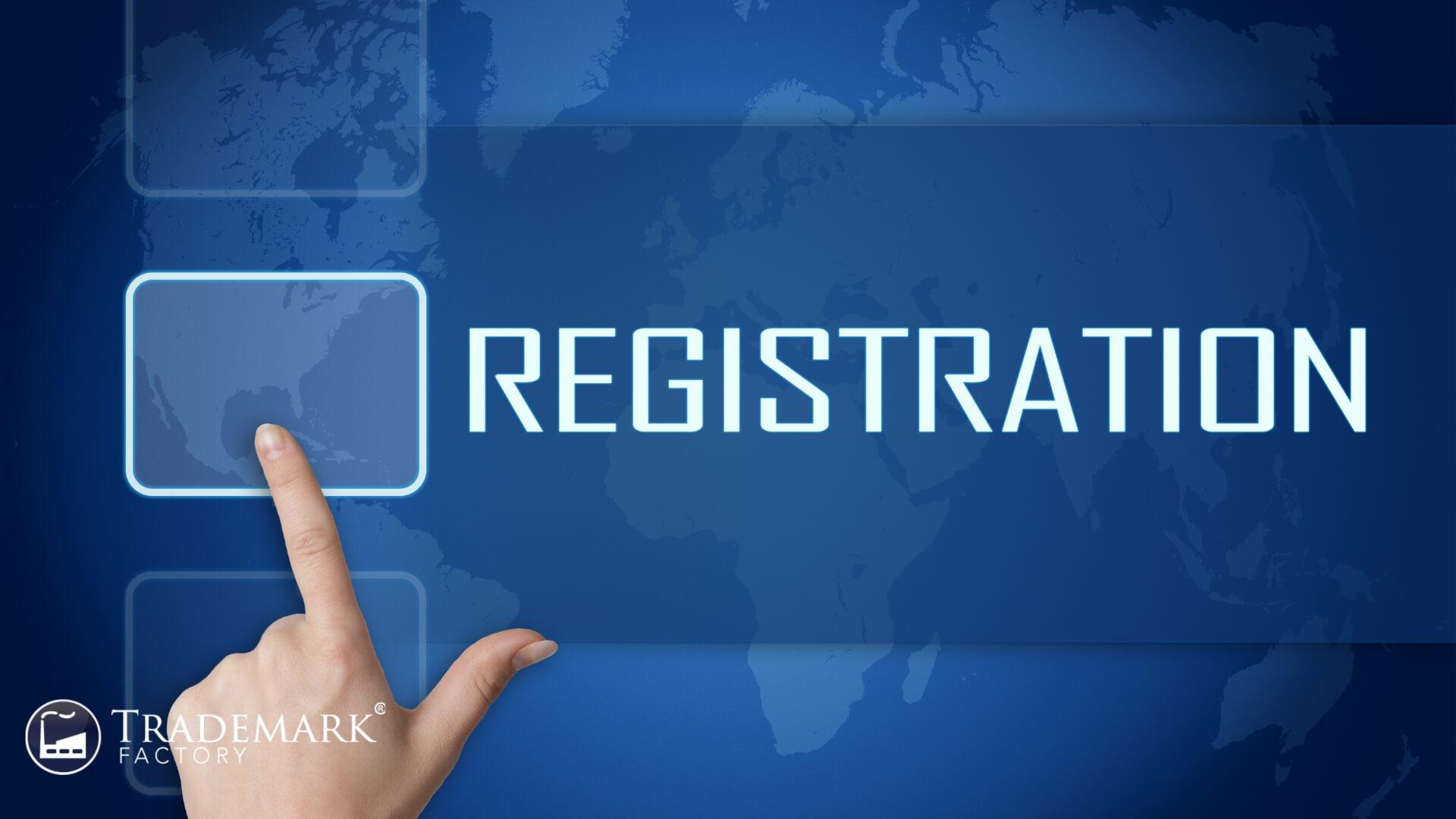Trademark Pre-Registration Essential Steps

The steps of trademark pre-registration is a crucial undertaking for businesses and individuals seeking to protect their brand identity and intellectual property. Navigating the complexities of trademark law can be daunting, yet understanding the essential steps in this trademark registration process is vital for ensuring that one's brand remains distinctive and exclusive within its market. This article aims to provide a comprehensive guide on the necessary procedures involved in trademark pre-registration, offering valuable insights into the intricacies of selecting a strong trademark, determining appropriate classes, identifying relevant goods and services, preparing applications, and submitting specimens.
In today's competitive marketplace, securing an exclusive association between one's products or services and their distinctive branding elements is imperative for fostering consumer loyalty and facilitating sustainable growth. By outlining the key steps involved in trademark pre-registration, this article serves as a useful resource for those wishing to establish their presence within their chosen industry while safeguarding against potential legal disputes arising from unauthorized usage of one's intellectual property assets. The information provided herein seeks not only to inform but also to empower readers with the knowledge required to confidently embark upon their journey towards obtaining effective protection for their treasured brand identities.
Trademark Search

A meticulous examination of existing intellectual property rights is crucial in order to circumvent potential conflicts and infringement issues prior to filing for trademark protection. Infringement prevention can be better achieved by conducting international searches, monitoring competitors' trademarks, and identifying possible domain name conflicts. Various search tools are available to assist in this process, including online databases and professional services that specialize in comprehensive trademark search. By investing time and effort into a thorough trademark search, applicants can minimize the risk of oppositions or legal disputes down the line, ensuring a smoother path towards establishing a strong brand identity. This proactive approach not only saves resources but also paves the way for selecting a distinctive and enforceable trademark in the market space.
Selecting a Strong Trademark

In order to effectively protect one's brand, it is crucial to choose a robust and distinctive mark that can withstand potential legal challenges and create a lasting impression on consumers. To achieve this, businesses should consider the following factors:
* **Distinctiveness**: A strong trademark must be unique and capable of distinguishing the goods or services of its owner from those of other competitors. This can be achieved through distinctive logos, creative word combinations, or memorable slogan trademarks.
* *Examples*: Apple's iconic apple logo for computers and electronics; Nike's "Just Do It" slogan for athletic apparel.
* **Avoidance of Confusion**: In order to prevent infringement claims from competitors, the chosen trademark should not resemble existing marks in design or sound too closely. Furthermore, conducting thorough research prior to registration ensures that there are no similar marks already registered within the relevant industries and locations.
* *Examples*: Changing a single letter in a well-known brand name is unlikely to be considered sufficiently distinct; using an existing company's logo with minor alterations may also lead to confusion.
Additionally, businesses seeking international registration should ensure that their trademark does not have negative connotations or infringe upon cultural values in different regions. By selecting a strong trademark with these factors in mind, businesses will safeguard their brand identity while fostering consumer recognition and loyalty. Following this step, it is important to identify the appropriate classification for one's goods or services before proceeding with registration.
Determining Trademark Class

Proper classification of one's goods or services is a crucial aspect of the trademark application process, as it helps ensure accurate protection and avoid potential legal disputes down the line. An effective trademark strategy should take into account the various international classifications, as well as any class conflicts that may arise due to overlapping categories within different jurisdictions. It is essential for applicants to carefully analyze their intended goods or services and select the most appropriate class based on a thorough understanding of each category's specifications. In some cases, class amendments can be requested if an initial misclassification has been made; however, this can lead to additional costs and delays in the registration process. Therefore, it is imperative for applicants to invest time and effort in determining their trademark class correctly from the outset. This groundwork not only strengthens their legal position but also facilitates smoother navigation through subsequent stages such as identifying specific goods and services within a chosen category.
Identifying Goods and Services

Careful identification of the specific goods and services associated with a particular trademark is a crucial aspect that directly impacts the scope of protection granted to it. This process involves thorough goods categorization, service classification, industry identification, target audience determination, and recognition of unique offerings that distinguish your brand from others in the market. A meticulous approach ensures that your trademark enjoys comprehensive coverage within its respective domain while also helping you avoid potential conflicts with other trademarks in related industries. Furthermore, accurately outlining these elements streamlines the registration process by providing clear information to examining authorities on how your trademark is intended to be used. Having established an unambiguous connection between your brand and its corresponding goods or services paves the way for a smoother transition into preparing a trademark application, setting the foundation for robust intellectual property protection.
Preparing a Trademark Application

Meticulous assembly of the various components involved in submitting a comprehensive and accurate application for intellectual property protection is paramount to ensuring a seamless approval process and avoiding potential pitfalls. Preparing trademark application requires attention to detail and thorough consideration of the elements that comprise an effective registration, including clearly defining goods and services, as well as understanding any international applications that may be relevant. By avoiding common application pitfalls, applicants can increase their chances of expedited processing and successful registration. Moreover, it is crucial for applicants to remain informed about post-filing maintenance requirements, such as timely renewal filings or declarations of continued use, in order to maintain the validity of their registered trademarks. A strong foundation in the preparation phase will not only facilitate a smoother registration process but also provide greater confidence when navigating trademark application fees in subsequent stages.
Trademark Application Fees

Navigating the complexities of intellectual property protection necessitates a comprehensive understanding of the associated costs and fees, which play a crucial role in maintaining the integrity and efficiency of the registration system. These costs include not only basic filing trademark application fees but also additional expenses for services such as fee waivers, expedited processing, international fees, fee reductions, and government assistance. It is essential for applicants to be aware of these financial aspects in order to effectively budget for their trademark registration process and take advantage of any available support options. Moreover, understanding these fees can help guide decision-making when determining whether to pursue domestic or international protection or explore alternative strategies for safeguarding one's intellectual property rights. With this knowledge in hand, applicants are better equipped to provide accurate owner information in the subsequent stages of the application process.
Owner Information

Accurate trademark owner information is critical in the trademark application process, as it ensures proper documentation and helps avoid legal complications during the protection of intellectual property rights. Providing precise details about the owner facilitates efficient ownership transfer, seamless international registration, clarification of joint ownership rights, and smooth execution of licensing agreements. Moreover, accurate information is vital for effective infringement protection and enforcement actions against unauthorized use of the trademark. Ensuring that correct owner data is submitted during pre-registration not only strengthens a brand's position but also fosters a sense of belonging among its stakeholders. With this foundation established, it becomes equally important to designate an appropriate correspondence address for further communication pertaining to the application.
Designating a Correspondence Address

Having established the importance of accurate owner information in the trademark pre-registration process, it is equally critical to designate a valid correspondence address trademark. This ensures that all official communications from the trademark office are received promptly and efficiently, maintaining a professional correspondence image throughout the registration process. Address confidentiality can be maintained by utilizing mail forwarding services or virtual office benefits, which provide an alternative mailing destination without disclosing personal or residential details. It is essential to keep your correspondence address up-to-date with any changes since failure to do so may lead to missed deadlines and communication gaps, potentially endangering your trademark rights. In the next section, we will discuss submitting a specimen as part of this comprehensive procedure.
Submitting a Specimen

In the process of securing intellectual property rights, submitting a trademark specimen plays a crucial role in substantiating the commercial use of your mark. Specimen evaluation is critical for demonstrating that the trademark is indeed being utilized in commerce and not merely reserved without actual use. Proper submission of specimens entails following specific guidelines and requirements to ensure acceptance by the examining authority. Some acceptable forms of specimens include digital formats, such as website screenshots or online advertisements featuring the trademark; physical specimens like product packaging, labels, or promotional materials bearing the mark; however, note that rejected specimens might include those with alterations or mere mock-ups of how a mark could be used. To avoid complications during this phase of pre-registration, it is essential to understand these nuances and provide an accurate representation of your trademark's application in commerce. This attention to detail will prove invaluable as you move forward to complete your declaration and signature for final approval.
Declaration and Signature

The culmination of the intellectual property protection process necessitates a thorough and legally binding trademark declaration and signature, affirming the authenticity of the provided information and granting the examining authority permission to evaluate your application diligently. Declaration importance lies in its ability to attest that all data submitted is accurate, complete, and complies with the relevant trademark regulations. Signature validity ensures that applicants take responsibility for their claims and accept any legal consequences associated with misrepresentation or fraudulence. With advancements in technology, electronic signatures are now widely accepted as an efficient means to authenticate documents while maintaining security measures. In essence, providing a proper declaration and signature on your trademark pre-registration form is crucial for document verification purposes; it also demonstrates commitment towards safeguarding one's intellectual property rights within a community that values innovation, creativity, and connectivity.
Frequently Asked Questions

What is the difference between a trademark, copyright, and patent, and which one is most suitable for my business?
In discerning the distinctions among Trademark vs. Copyright, and Patent, it is crucial to comprehend their roles within Intellectual Property Rights. A trademark safeguards brand names, logos, and other distinctive identifiers of a business's products or services, whereas a copyright protects original artistic or literary works. In contrast, patents protect inventions and discoveries that are novel and non-obvious. Business Protection Options should be carefully considered by examining the specific needs of one's industry before Choosing Registration Type. Industry Specific Trademarks may offer the most suitable protection for businesses operating in niche markets or with unique branding elements; however, understanding the scope of each registration type enables an informed decision for optimal safeguarding against potential infringement occurrences while fostering a sense of belonging within a respective market sector.
How long does it typically take for a trademark application to be approved or rejected by the trademark office?
The duration of the trademark application process varies depending on several factors, including the complexity of the case and the efficiency of the trademark office. Generally, approval or rejection may be expected within six months to a year. However, this timeline can be prolonged due to potential complications such as trademark disputes or additional examination requirements. To expedite the process and minimize costs, applicants should conduct thorough searching of existing trademarks before submission to avoid conflicts with similar marks in their chosen categories. Additionally, a clear understanding of trademark categories and accurate classification can further streamline the application process and reduce overall trademark costs.
Are there any additional steps or requirements for registering a trademark internationally, and how does this process differ from domestic registration?
International trademark registration involves several unique considerations compared to domestic registration, including the need to address regional differences in intellectual property laws, language barriers, international fees, and global enforcement strategies. The Madrid Protocol, a treaty administered by the World Intellectual Property Organization (WIPO), simplifies this process by allowing applicants to file a single application that can cover multiple jurisdictions. However, navigating the complexities of each jurisdiction's specific requirements and ensuring that one's trademark is effectively protected on a global scale remain important aspects of international trademark registration. By understanding these challenges and leveraging resources such as the Madrid Protocol, businesses can successfully register their trademarks internationally and foster a sense of belonging for their target audience across various markets.
What are the potential consequences of not properly registering a trademark, and how can these issues be resolved if they arise?
Failure to properly register a trademark can lead to a multitude of legal consequences, including Trademark Infringement claims, which may result in financial loss and reputational damage. Resolving disputes arising from such situations necessitates the implementation of strategic measures, such as engaging in Opposition Procedures to challenge registrations made in bad faith or by third parties seeking to capitalize on established goodwill. Additionally, Litigation Strategies may be employed to assert ownership rights and seek damages for infringement, while Domain Name Conflicts can require arbitration or court intervention for resolution. Ultimately, proactive measures like thorough pre-registration searches and securing international protections will significantly reduce the risk of encountering these issues and ensure the continued success and growth of one's brand identity.
How often does a trademark need to be renewed, and what is the process for maintaining or updating a registered trademark over time?
Trademark renewal is a critical aspect of safeguarding intellectual property rights, necessitating periodic attention to ensure continuous brand protection. Typically, a registered trademark needs to be renewed every 10 years, with the process involving the payment of renewal fees and submission of required documentation to the respective trademark authorities. It is crucial for businesses to engage in consistent trademark monitoring, as this practice aids in identifying potential instances of trademark infringement and facilitates prompt legal remedies when necessary. Diligent maintenance and timely updating of registered trademarks serve not only as an essential element in preserving one's brand identity but also fosters a sense of belonging within the consumer base by reinforcing the enduring value and reliability associated with the protected mark.
Conclusion

In conclusion, the trademark pre-registration process is a vital step in securing intellectual property rights for businesses and individuals. Adherence to essential steps such as conducting a comprehensive trademark search, selecting a strong mark, determining the appropriate class, identifying goods and services, and submitting accurate applications ensures successful registration.
Furthermore, providing necessary owner information, designating correspondence addresses, submitting specimens and declarations contribute to a streamlined process. By following these guidelines diligently, one can safeguard their brand identity effectively.
Subscribe to Trademark Wednesdays, our weekly newsletter where we'll send fun and informative trademarking topics straight to your inbox.




